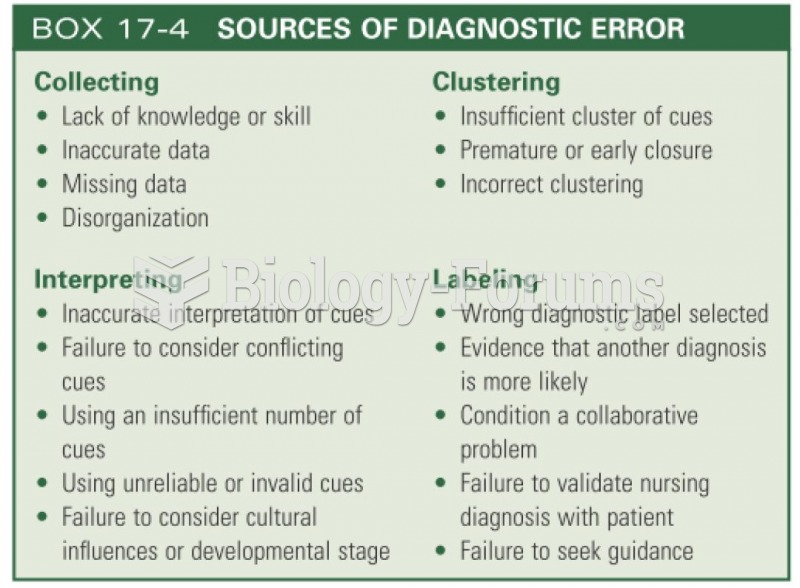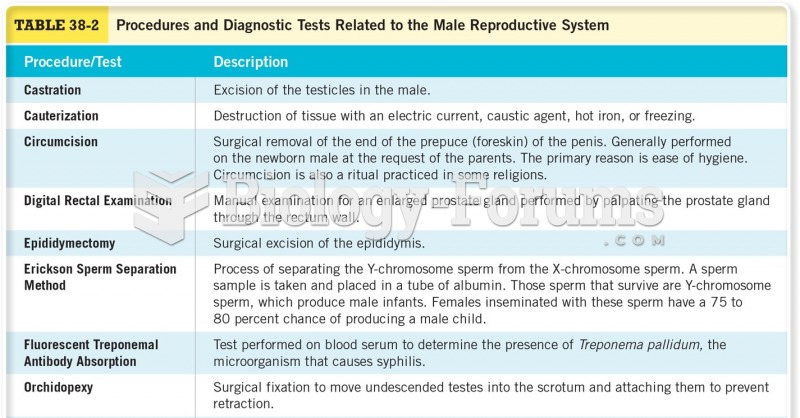Which one of the following scenarios illustrates response to intervention as a diagnostic tool for students who may have disabilities?
a. Rachel hasn't acquired even the most basic reading skills despite spending several weeks in small-group reading instruction that researchers have found to be effective for 98 of children her age.
b. Over a period of several days, Stephen is given a battery of tests in which he is asked to complete various tasks that make use of different sensory modalitiesvision, hearing, touch, and so on.
c. One afternoon Rudy meets with the school psychologist, who tries to determine how much instruction and scaffolding he needs to acquire new skills related to reading, writing, and math.
d. Jewel's parents are asked to keep detailed records of the kinds of activities she engages in at home each day. Midway through this record-keeping process, a special education teacher gives her intensive instruction in visual perception skills.
Question 2
Which one of the following is the best example of a fair and nondiscriminatory evaluation, as defined by IDEA?
a. Greg's teachers are concerned that he is slow to learn the material that his classmates learn easily. They ask the school psychologist to administer an IQ test, and Greg scores a 65 . On that basis, he is coded as having mild mental retardation so that he can begin receiving special services.
b. Niki has always had a tendency to get in trouble at school, but in eighth grade her behavior turns violent. She is often heard threatening classmates, and her teachers find her behavior impossible to manage. They believe that she probably has an emotional and behavioral disability. After reviewing her record of misconduct, the school administration agrees.
c. Brandon does well in most subject areas but is failing to master basic arithmetic. His teacher consults the special educator (who assesses Brandon's abilities in math and related areas) and the school psychologist (who administers an intelligence test). An interdisciplinary team meets to discuss Brandon's test results and classroom performance and determines that Brandon has a learning disability.
d. Holly seems inattentive and often fails to hear her teacher's instructions. Her teacher contacts her family, and Mother makes an appointment for Holly to see a hearing specialist. In the meantime, Holly is enrolled in the special education program so that she won't miss out on instruction while waiting for a diagnosis from the specialist.







